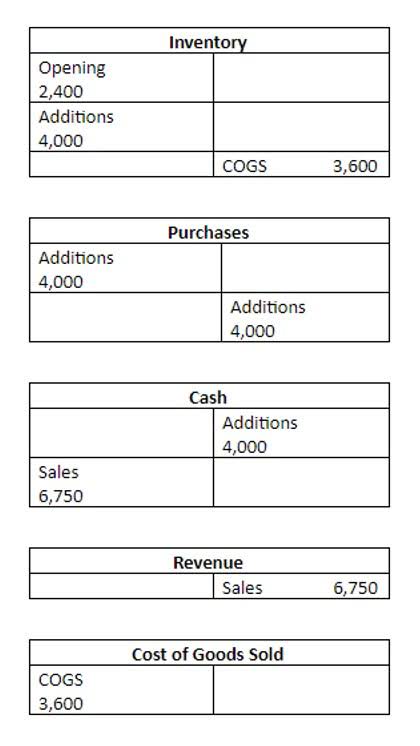Japan, Australia, New Zealand, Singapore, Canada, and India are among the countries with a form of national consumption tax. Ideally, a properly designed consumption tax system would reward savers and penalize spenders. While the U.S. does not have a national consumption tax, many other countries have imposed some form of a national consumption tax. A consumption tax system would encourage saving while punishing spending in a perfect world.
Benefits of Consumption Taxes
In the long run, as measured on a conventional basis, after-tax income of all taxpayers increases slightly on average, as the plan is roughly revenue neutral. The bottom 20 percent of taxpayers would see an increase in after-tax income of 5.5 percent. On a dynamic basis, after-tax income increases by 0.3 percent on average, when factoring in the positive economic effects of the reform.
Modeling Consumption Tax Reforms for the United States
- A consumption tax, in contrast to income taxes, which penalize savers and reward spenders, is said to promote consumer spending and increase economic efficiency.
- Simulations of moving to a consumption tax and econometric studies of policies that incrementally move away from taxing income toward taxing consumption point to the benefits of taxing consumption rather than income in terms of economic growth and increases in welfare.
- Businesses, a lot of businesses don’t like tax reform because they lose deductions for payroll taxes and other things.
- Because Taxpayer B does not immediately consume her earnings, she would not face an initial tax, instead saving all $100 of her earnings.
- Reforming the current income tax system toward a consumption tax system would support rising living standards and economic growth.
Although they still taxed income broadly, some sought to eliminate the prevalence of double taxation by eliminating taxes land depreciation on dividends and inheritances, moving closer to a consumption tax system. Canada levies a federal value-added tax (called the Goods and Services Tax, or GST) at a rate of 5 percent. The GST in Canada replaced an earlier tax called the Manufacturer’s Sales Tax (MST). The significant and varied experience of OECD countries with VATs can inform the debate of adopting a consumption tax in the U.S.
Background on Consumption Taxes
The QST is structured the same way as the GST in a bank reconciliation deposits in transit should be and HST, but it is administered separately by Revenue Quebec (which also administers the GST in the province). Additionally, some provinces levy a completely separate retail sales tax that is not a VAT. A consumption tax thus results in a neutral tax burden between uses of income. It removes the income tax bias against saving and results in the same effective tax rate on income no matter if it is consumed now or consumed in the future. Though higher-income households save more, treating income neutrally no matter its use is completely separate from the distributional burden of a tax, as any tax type can be structured to meet various distributional goals.
What is national consumption tax? What House Republicans want to change with FairTax Act.
Reforming the current income tax system toward a consumption tax system would support rising living standards and economic growth. Combined with a simpler system of providing tax credits for individuals and children, such a reform could reduce the economic, administrative, and compliance costs imposed by the current tax system. An income tax, in contrast, is imposed when you earn money, a consumption tax is imposed when an you spend money.
Taxpayer A’s situation would remain the same, paying a 20 percent consumption tax on her immediate consumption, yielding $80 of immediate consumption and a 20 percent effective tax rate. In addition to economic costs, government agencies incur administrative costs as they enforce tax rules and individuals incur compliance costs as they spend time and money to follow tax rules. Import duties are taxes levied on an importer for goods entering the country. The taxes are passed on by the importer to final consumers through higher costs.
Income taxes generally levy indinero reviews a tax on taxpayers when they earn money and when they see changes in their net worth, such as from returns from saving and investment. That’s because income is either consumed immediately when it is earned or, if consumption is deferred by saving, income is consumed in the future after it has been saved. We begin with background on consumption taxes and how they can be structured followed by a review of studies and international examples of consumption taxes. We then turn to an overview of the current U.S. tax system and model two tax reform options.


